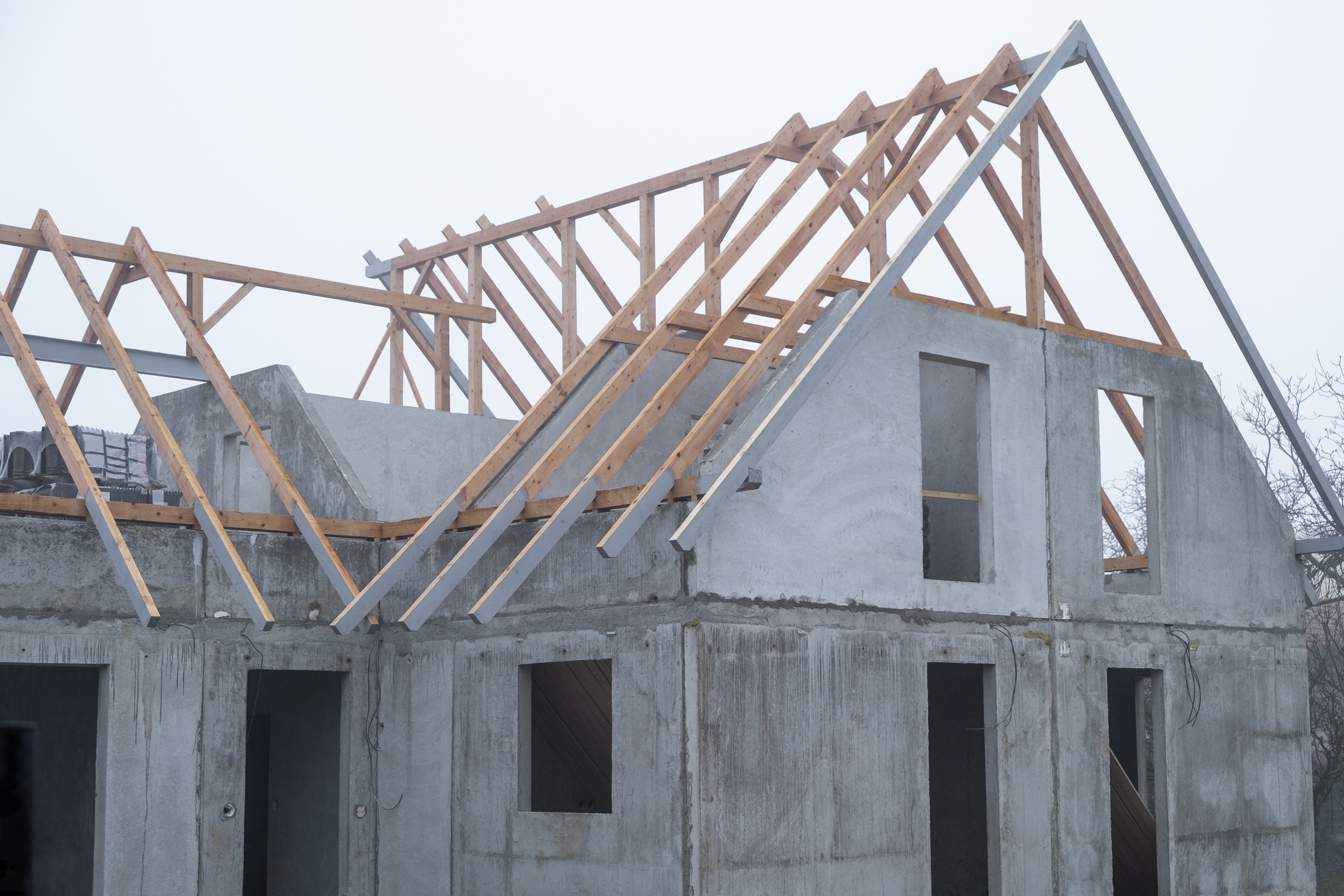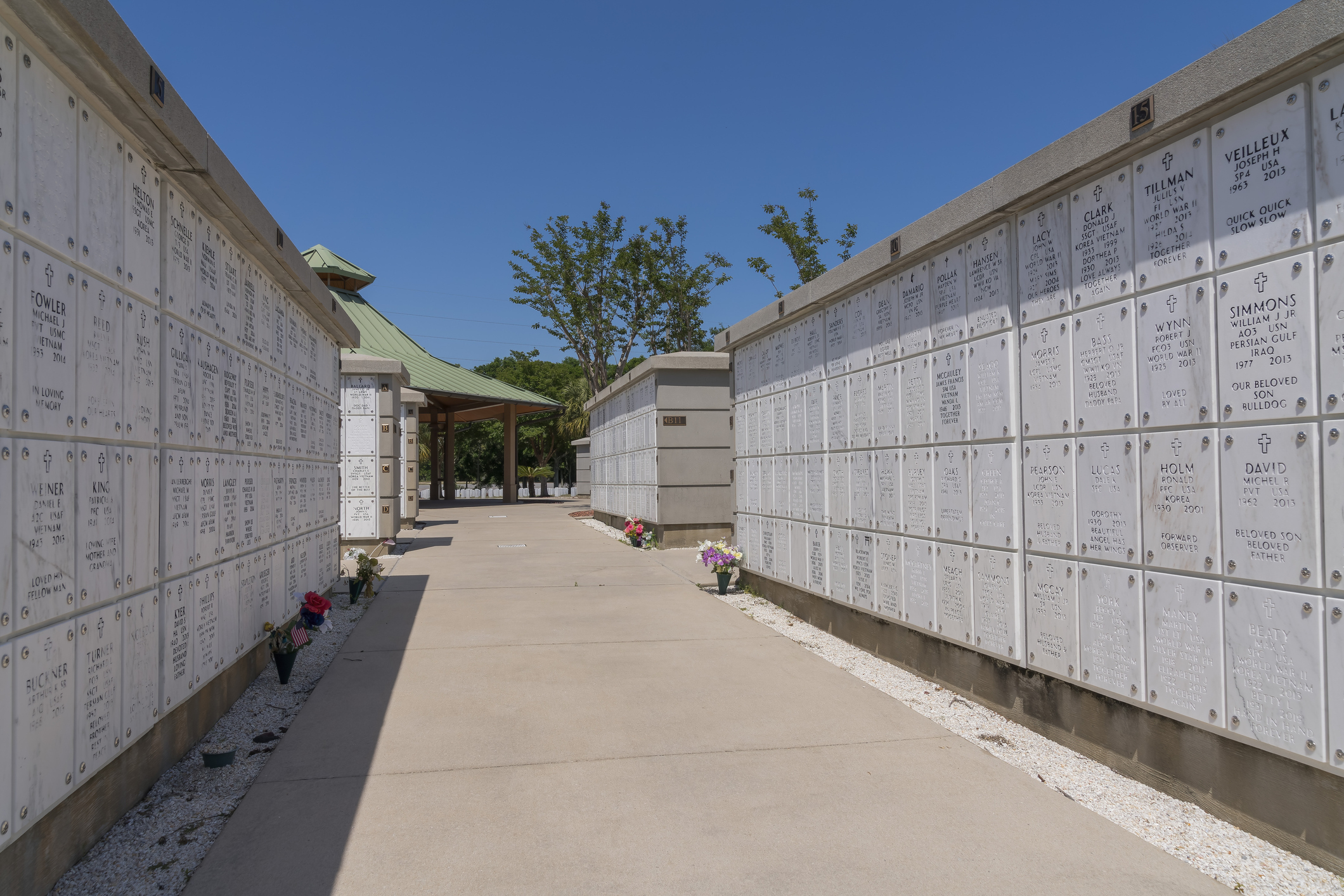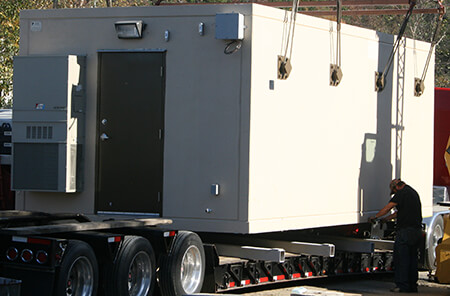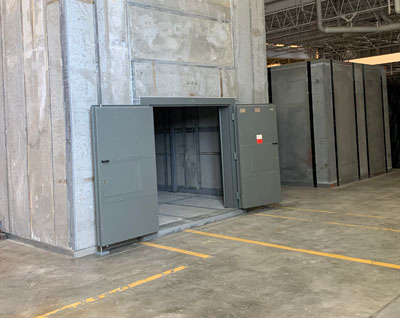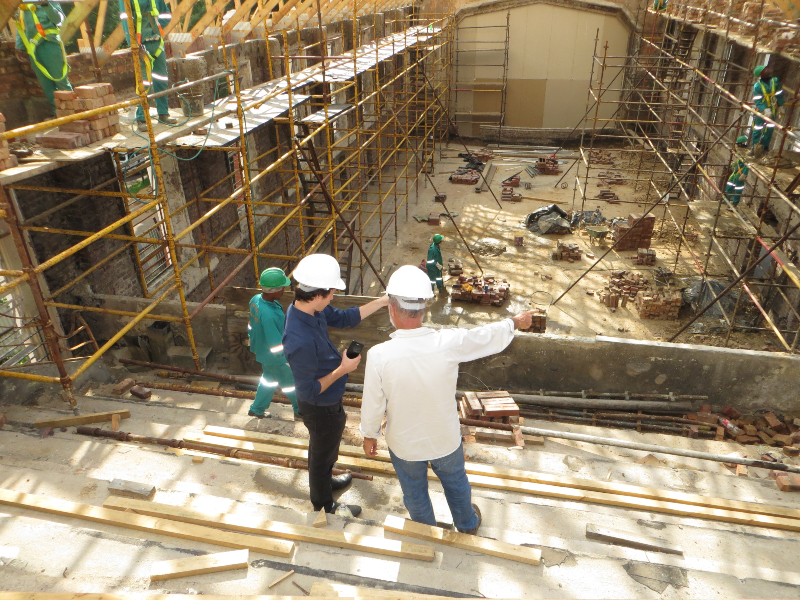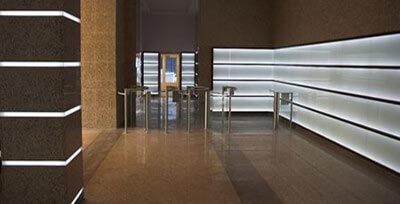Speed and Quality Precast Concrete
Precast concrete buildings can be dried in quicker due to several inherent advantages in their construction process:
Controlled Manufacturing Environment
Precast concrete elements are manufactured in a controlled factory setting rather than at the construction site. This environment allows for consistent quality control, including better management of curing conditions. The concrete can be cured under optimal conditions of temperature, humidity, and time, which often results in quicker drying and hardening compared to on-site curing.
Curing Techniques
- Steam Curing
- Precast elements can undergo steam curing, where steam is used to accelerate the hydration process of cement. This method significantly reduces the curing time, allowing the concrete to reach its required strength much faster than traditional air curing.
- Heated Curing Chambers
- Some precast plants use heated chambers where temperature and humidity are precisely controlled to speed up the curing process.
Material Consistency
The mix design for precast concrete can be optimized for rapid strength gain. This includes the use of high early strength cement or additives that accelerate the setting and hardening process.
Formwork Efficiency
- Reusable Forms
- Precast uses forms that can be reused multiple times. These forms are designed for easy removal once the concrete has reached initial set, which can be quicker than stripping formwork on-site where concrete might need more time to gain strength.
Reduced Water Content
Precast concrete often uses less water in its mix design (lower water-cement ratio) compared to cast-in-place concrete. This lower water content leads to less moisture that needs to evaporate during the drying process, thus speeding up drying times.
Quality Control
The controlled environment allows for better monitoring and testing. Concrete strength can be checked more frequently, and elements can be moved or used as soon as they meet the required strength, rather than waiting a standard, often conservative, period.
Reduced Environmental Impact
Precast elements are less exposed to environmental factors like rain, wind, or extreme temperatures during curing, which can delay the drying process in traditional construction.
Immediate Load Bearing
Once precast elements are cured to the required strength in the factory, they can be transported and erected immediately, reducing the time between casting and loading, which indirectly contributes to the perception of quicker drying.
Erection Speed
While not directly related to drying, the speed at which precast elements can be erected on-site means that the building envelope can be closed more quickly, which can help in managing moisture and environmental conditions inside the building, indirectly aiding in drying.
Post-Installation Drying
Once precast elements are in place, the building can be heated or ventilated to remove residual moisture faster than might be possible with cast-in-place concrete, where the concrete mass might still be curing on-site.
These factors collectively contribute to why precast concrete buildings can be dried in quicker. The efficiency in manufacturing and the ability to control the curing environment are key. If you’re interested in the most recent techniques or specific case studies, you might want to look into industry journals or contact manufacturers for the latest developments since my last update.
Contact Us Today
For more information on our products and services, give us a call today at 919-742-3132, or visit our Contact Us page. Let The Carolina Precast Company help you bring your vision to life with precision and excellence.
